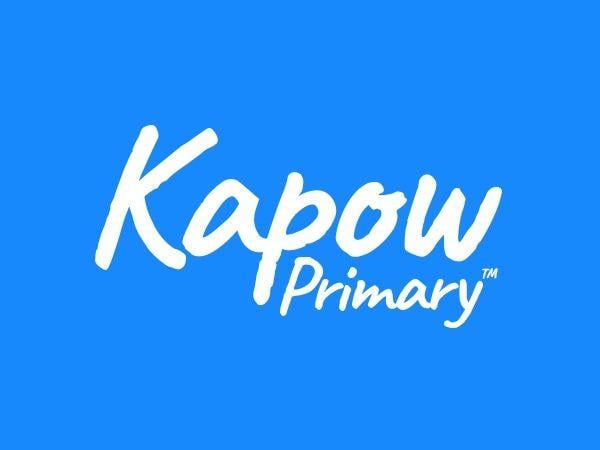Learning objectives
Knowledge
- To identify human-made and natural materials.
Working scientifically
- To group based on characteristics.
Success criteria
Knowledge
- I can identify human-made and natural materials.
- I can
This content is for subscribers only. Join for access today.
National curriculum
Science
Uses of everyday materials
Pupils should
This content is for subscribers only. Join for access today.
Cross-curricular links
None.
This content is for subscribers only. Join for access today.
Before the lesson
This content is for subscribers only. Join for access today.
Lesson plan
Recap and recall
Display the Presentation: Expand and add detail and read the statements to the children. Remind them of the properties of materials by asking:
This content is for subscribers only. Join for access today.
Extended-mode explainer videos
How to extend your display to view the lesson page and preseantion mode simultaneously. Choose your operating system below to watch the video
If you need further support with extending your display,
please contact [email protected].
Extended-mode explainer video: For Mac
Extended-mode explainer video: For Windows
Adaptive teaching
Pupils needing extra support
Could use the teacher model (see Presentation: How is paper made?) to help with the storyboard activity; could be given more familiar materials like a plastic bottle and a wooden toy when asked about natural and human-made materials.
Pupils working at greater depth
Should use their senses to suggest how to determine human-made materials (they may suggest that human-made materials feel more like plastic).
This content is for subscribers only. Join for access today.
Assessing progress and understanding
Pupils with secure understanding indicated by: sorting human-made and natural materials; recounting the
This content is for subscribers only. Join for access today.
Vocabulary definitions
-
fabric
A material made by weaving threads together.
-
human-made
A material made by humans.
This content is for subscribers only. Join for access today.

